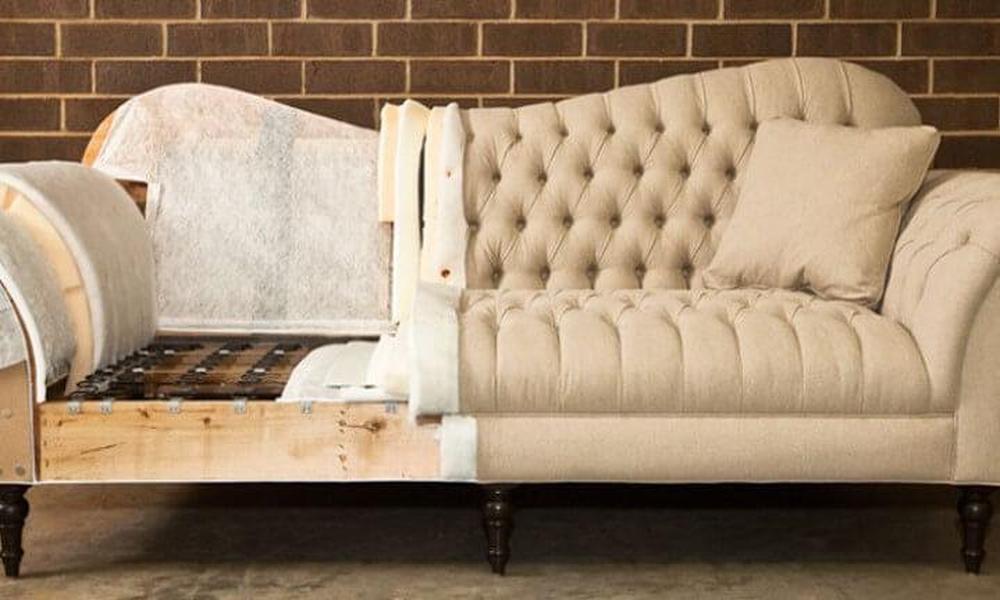

Upholstery fabrics contribute to the overall design of your interior. They add comfort, softness, dynamic movement, and flexibility to the spaces. No matter what upholstery fabric you choose, it can have a significant impact on your interior environment both aesthetically and functionally. Always keep in mind that the right fabric can add depth, color, and visual interiors to your interiors.
In this guide, we’ll give you a brief of the uses and factors to consider when choosing the upholstery fabrics for your furniture.
Uses
Functionally
- Add privacy to your living space without the solid walls
- Control the natural light
- Absorb noise
- Insulate from adverse cold or heat
- Provide greater comfort
Aesthetically
- Upholstery fabric can create any kind of character or mood.
- As upholstery fabrics come in an exclusive range of textures, patterns, and colors, you can choose any one to change the atmosphere of your interior.
- The right upholstery fabric can integrate with ceilings, windows, walls, and furniture.
Selection of The Upholstery Fabrics
The selection of upholstery fabrics depends on a lot of factors such as:
- Aesthetic factors
- Classification of Fabrics
- Functional aspects
Aesthetic Factors
- Pattern, color, and texture are the most important factors.
- The color schemes you choose should coordinate with each other.
- Always coordinate the color schemes of your upholstery fabrics with your interior decoration.
- The upholstery fabric you choose must possess both tactile and visual textural qualities. Textural characteristics range from refined and smooth quality (velvet, satin, damask) to sturdy and coarse quality (matelassé, tweed, frieze). You can choose anyone that fits best your needs.
- The brightness and intensity of the upholstery fabric should be varied. If all colors are dulled or low value, the resulting effect would be monotonous or uninteresting. On the other hand, if all the colors are intense, the result would be unlivable.
Classification of Upholstery Fabrics
Based on the weight, upholstery fabrics can be categorized into four categories:
- Sheer and/or thin
- Lightweight
- Medium-weight
- Heavyweight
Sheer upholstery fabrics are considered great for window draperies or curtains, canopy coverings, and soft-top window treatments.
Lightweight upholstery fabrics can be used for shades for lampshades, windows, and linen bedspreads as well as for draperies, curtains, and top treatments.
Medium-weight upholstery fabrics can be used for draperies, slipcovers, bedspreads, heavier curtains, rigid top treatments, and shades. They can also be used as partitions and wall coverings.
Heavyweight upholstery fabrics are applied as wall hangings or coverings, furniture upholstery, and heavy bedspreads.
Functional Aspects
- Serviceability, Performance qualities such as strength, durability, water resistance, stain resistance, and sometimes flame resistance.
- Some upholstery fabrics wear out faster just because of the yarn, fiber, or construction method. So, make sure the upholstery fabric you choose should not wear out faster.
- flame resistance, durability, static reduction, fire safety, colorfastness, and structural stability are some other factors that need to be taken into account when choosing upholstery fabrics.
So, these are just a few of the factors that need to be considered while choosing furniture upholstery fabric. Furniture plays a significant role in making or breaking your interior. Therefore, always choose the right upholstery fabric!




